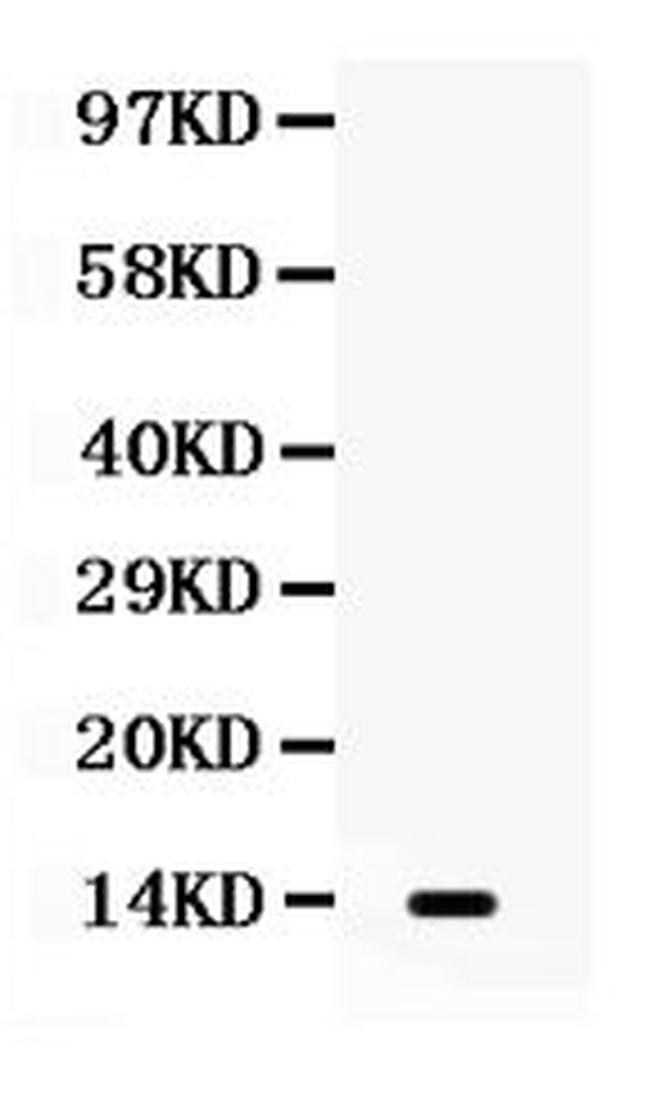Search Thermo Fisher Scientific
Product Details
PA5-95300
Species Reactivity
Host/Isotype
Class
Type
Immunogen
Conjugate
Form
Concentration
Purification
Storage buffer
Contains
Storage conditions
Shipping conditions
RRID
Product Specific Information
Human Lymphotactin shares 60.2% and 57% amino acid (aa) sequence identity with mouse and rat Lymphotactin, respectively.
Reconstitute with 0.2 mL of distilled water to yield a concentration of 500 µg/mL.
Target Information
Lymphotactin, otherwise known as XCL1, is a member of the C-chemokine family that uniquely acts as a chemoattractant for lymphocytes, but not monocytes or neutrophils, suggesting an important regulatory role in lymphocyte trafficking and inflammation. Lymphotactin, shown to signal through chemokine XC receptor 1 (XCR1), is detected at the highest level in the spleen and at low levels in the lungs, small intestine and colon, and is abundantly and selectively expressed by activated T cells, in particular CD8+ T cells, and is also produced by NK cells.
For Research Use Only. Not for use in diagnostic procedures. Not for resale without express authorization.
References (0)
Bioinformatics
Protein Aliases: ATAC; C motif chemokine 1; chemokine (C motif) ligand 1; Cytokine SCM-1; Lymphotactin; Lymphotaxin; SCM-1-alpha; SCM-1-beta; SCM-1alpha; SCM-1beta; SCM1alpha; SCM1beta; single cysteine motif 1a; small inducible cytokine subfamily C, member 1 (lymphotactin); Small-inducible cytokine C1; XC chemokine ligand 1
Gene Aliases: ATAC; LPTN; LTN; SCM-1; SCM-1a; SCM1; SCM1A; SCYC1; XCL1
UniProt ID: (Human) P47992
Entrez Gene ID: (Human) 6375

Performance Guarantee
If an Invitrogen™ antibody doesn't perform as described on our website or datasheet,we'll replace the product at no cost to you, or provide you with a credit for a future purchase.*
Learn more
We're here to help
Get expert recommendations for common problems or connect directly with an on staff expert for technical assistance related to applications, equipment and general product use.
Contact tech support

